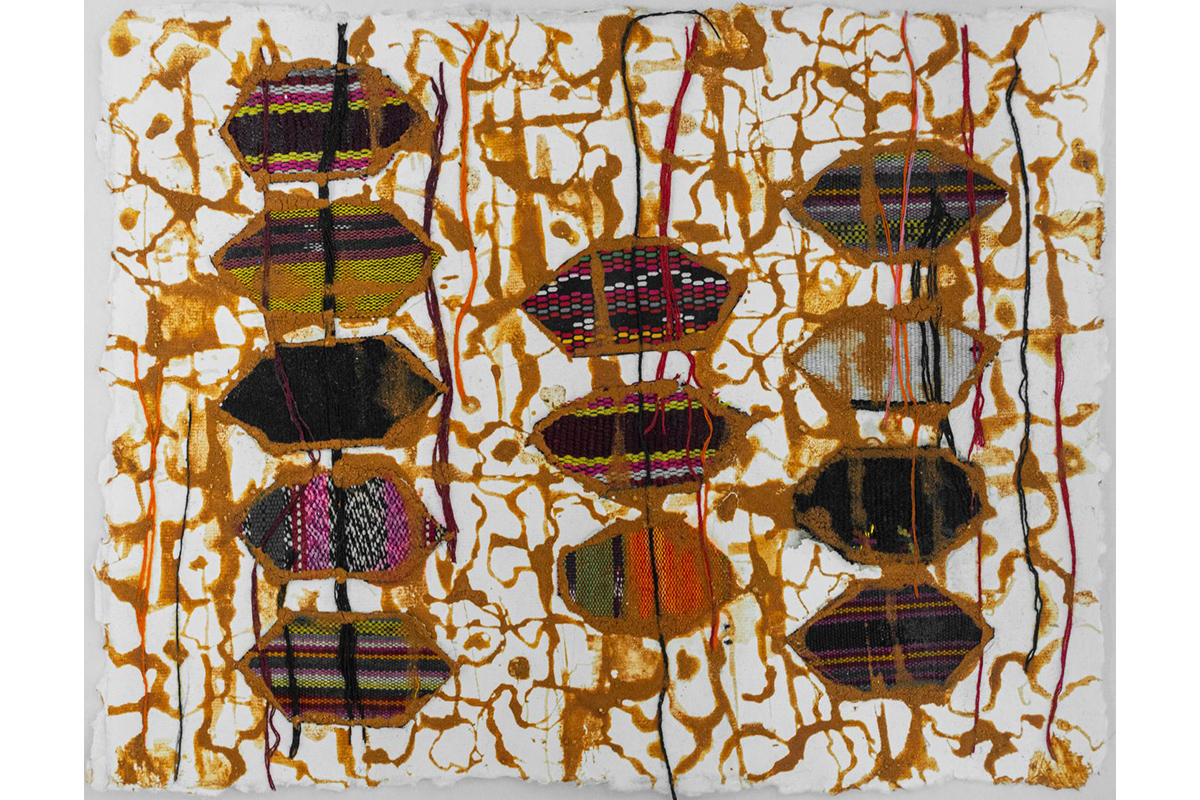Maria Madeira: ‘I always thought of a better world’
For the inaugural Timor-Leste pavilion at Venice, Maria Madeira uncovers some of Timor’s painful histories to platform the resilience of its women.
On a sunny afternoon in April at the Spazio Ravà in Venice, Maria Madeira brought a dark period in Timor’s history into the present, activating the space and shining a light on the experiences of women during the Timorese fight for independence.
Madeira is one of Timor-Leste’s foremost contemporary artists and the representative of the nation’s inaugural pavilion, curated by Natalie King, at the 60th Venice Biennale. Titled Kiss and Don’t Tell, the installation features a room of 25 hand-painted panels anchored by drifts of red earth and splattered with betel nut sprayed from the artist’s mouth during her performance. At knee-height, lipstick marks reference those discovered by Madeira in a room in her village Gleno in Ermera, Timor, which had been used as a torture chamber during the Indonesian occupation. Madeira has stated, ‘Men fought and we are forever grateful. Lest Not Forget: women also fought. And we are eternally grateful. For men fought with their guns BUT women fought with their bodies.’
Maria Madeira, Lips to Kiss and Don’t Tell (Ibun Kulit ba Rei no Labele Koalia) – Study III (2023). Tais (traditional East Timorese cloth), red earth, glue, and sealer on paper. 22 x 29 cm. Courtesy the artist and Anna Schwartz Gallery, Melbourne. Photo: Juventino Madeira.


